How Russia's downing of a drone in the Black Sea contrasts with its deadliest exchanges with the Americans
March 16, 2023Tweet
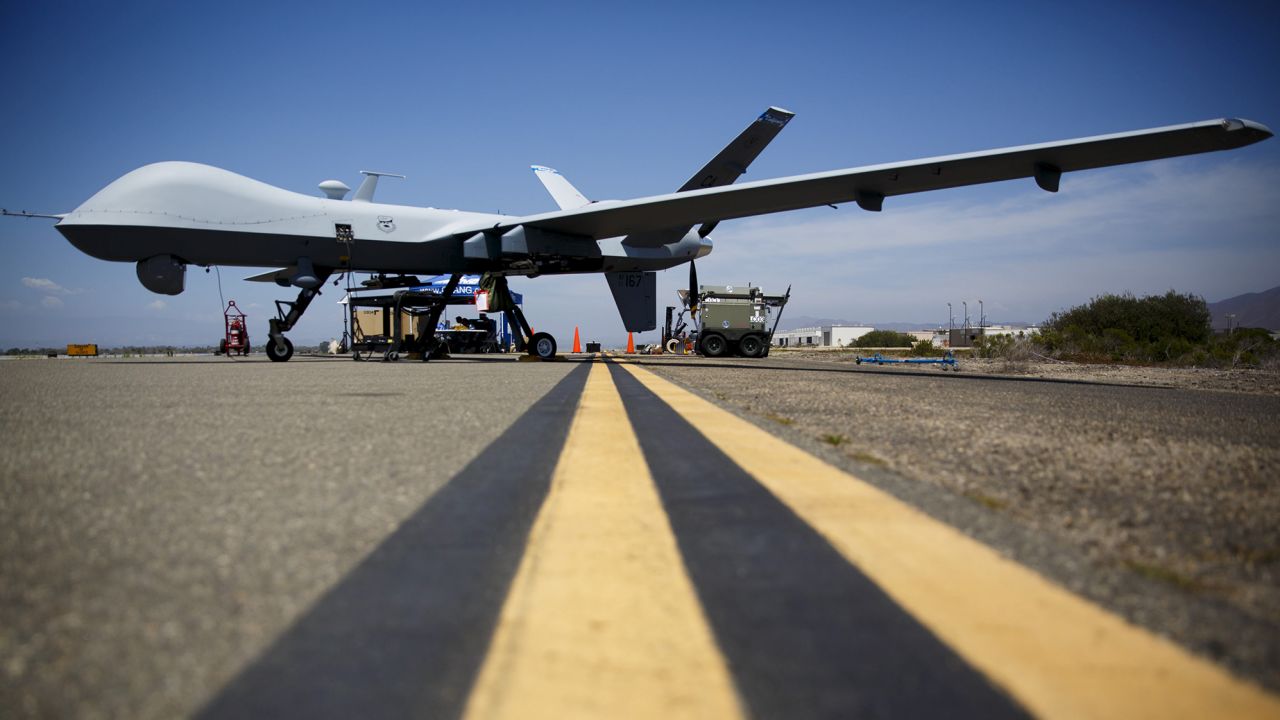
On Tuesday, a Russian Su-27 fighter forced down a US MQ-9 drone over the Black Sea. US officials quickly put the finger of blame on Russia, with Air Force Gen. James B. Hecker saying "unsafe and unprofessional" flying by the Russian aircraft nearly caused the Su-27 and the Reaper to crash. US European Command said one of the two Russian jets shadowing the Reaper intentionally flew in front of the drone and dumped fuel on it several times. The US State Department summoned Russian Ambassador to the US Anatoly Antonov over the incident, and Kremlin spokesman Dmitry Peskov warned that relations between Russia and the US had hit their "lowest point." However, the lowest point since when? Since Moscow's 2014 annexation of Crimea?
Since the Kremlin's meddling in the 2016 US presidential election? Or perhaps since Russia's full-scale invasion of Ukraine last year? With the US and Russia routinely scraping bottom when it comes to bilateral relations, perhaps we need new superlatives to describe how bad things are. The midair encounter has exacerbated tensions between Moscow and Washington. The most important details in this text are the history of the war in Syria and the existence of a "deconfliction line" between the US and Russian militaries meant to minimize the risk of inadvertent escalation.
In February 2018, a US contingent on the ground in eastern Syria clashed with a force advancing on their base that included members of the Russian private military company Wagner. The battle was the deadliest encounter between US forces and Russian fighters since the end of the Cold War, but it did not lead to escalation. The Pentagon acknowledged it had a deconfliction line open to avoid military miscalculations near Ukraine last year.
Us Russian Russia Black-sea Americans Syria Su-27
Comments
Related news
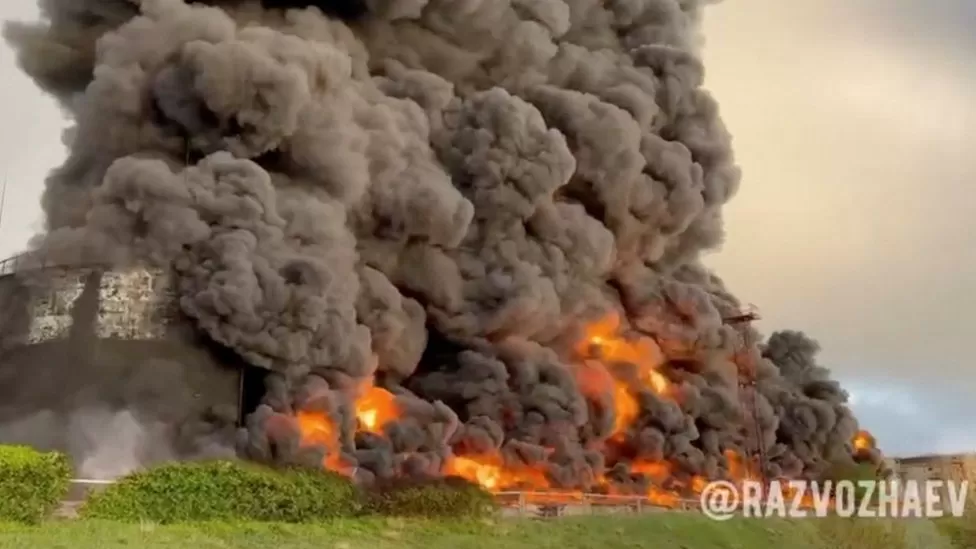
Crimea oil tank set ablaze by alleged drone during the Ukraine war
Read more
The death of a Black boy ignited a racial crisis in British police. Little has changed in the last 30 years.
Read more
Germany proposes sanctions on Russia's nuclear industry.
Read more
Russia denies "secret" Ukrainian negotiations.
Read more
Pentagon contacts Russia in relation to drone incident
Read more
Elusive animal spotted outside its usual range for the first time in over 30 years
Read more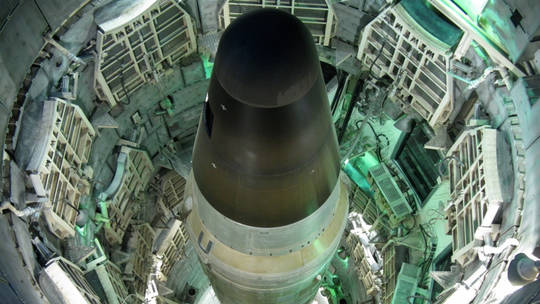
America promises to upgrade its nuclear arsenal
Read more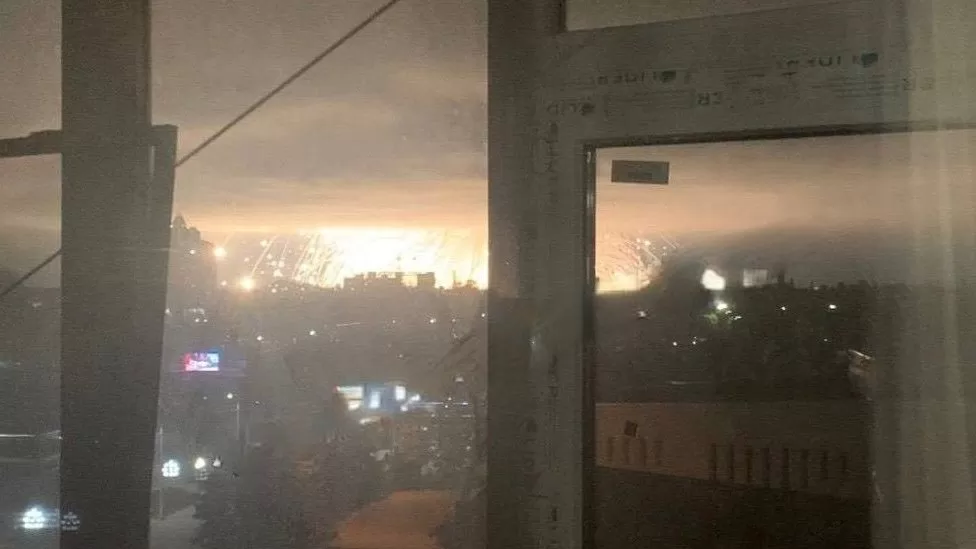
Russia launches its second early-morning missile strike in three days against Ukraine.
Read more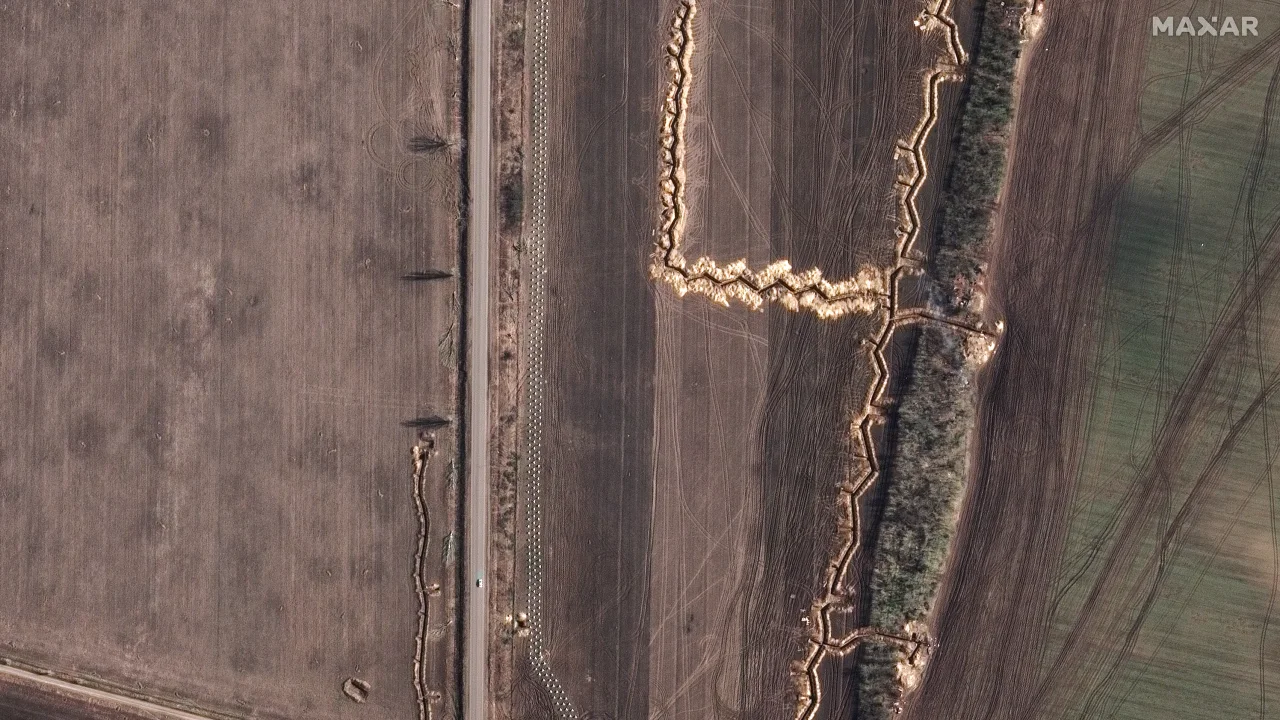
Ukraine may launch an onslaught against Russia at any time. Here's what's in store
Read more